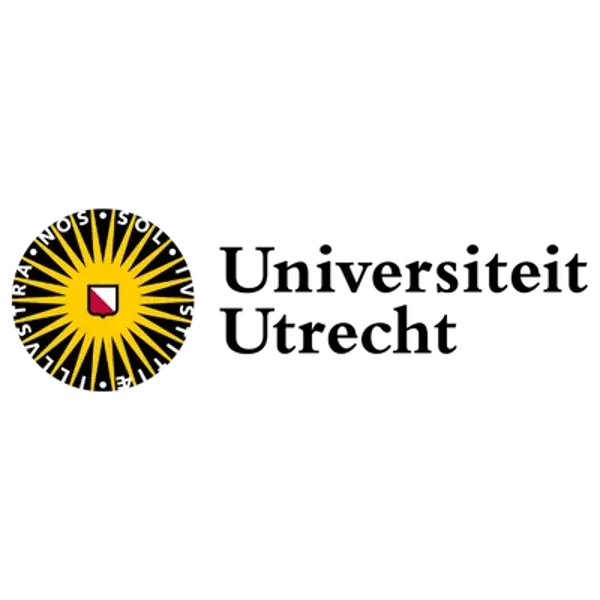Utrecht University e-invoices successfully
Over the past period, eConnect was closely involved in the implementation of e-invoicing within the University of Utrecht. Not only for incoming invoices, but also for the outgoing flow. Last July, the project was completed with a festive online drink, completely coronaproof. Time to talk to Florence Plomp, project manager within Utrecht University (UU), about the preparation, implementation and completion of this project.
Since 2017, after a career of over 20 years within the banking and commercial sector, Florence has been working for Utrecht University. "I was looking for an organisation with more social commitment. I really enjoy being able to help faculties," she says with enthusiasm. At Utrecht University, she is closely involved in innovations in processes and systems. That means a broad scope, from e-invoicing to the project she is currently busy with: Online Sales. "This is a new project in which we are setting up our own web shop. We sell tickets for conferences and readers here, for example, but people can also make a funding contribution here. A few years ago, this started as a pilot, but now we are professionalising. From layout and UX to all the technical processes needed to keep the shop running," she explains.
E-invoicing as an ambitious project
E-invoicing is one of the projects Florence has been working on recently. Indeed, Utrecht University also had to comply with the requirement to be able to receive and process e-invoices by April 2019. "I joined the e-invoicing project in December 2018, and by April 2019 we had to be live. It was very short notice and we didn't have a supplier yet. A real challenge in that respect!" Therefore, several parties were selected, with eConnect coming out as the best: I found it very much in favor of eConnect that action was taken quickly. In addition, communication was very pleasant. We quickly gained clarity about the impact of e-invoicing for our organization and what the costs were.
As there were a number of important issues involved in this project, a three-phase design was chosen. Phase 1 here constitutes a purely practical and also temporary application.
Phase 1 - A quick fix
eConnect and Utrecht University worked closely together to meet the government's obligation by April 2019. They therefore initially worked on a short-term solution, focusing on converting e-invoices into a format so that they could be processed by Utrecht University's invoice system (SAP).
Phase 2 - Focus on outbound invoices
Next is a greater focus on the outbound invoice flow. "A lot of manual work is needed to send outgoing invoices. Via Digipoort, everything had to be entered manually by our staff." Considering that a lot of invoices go out every month, the desire to be able to do this via SAP is logical.
Phase 3 - Focus on incoming invoices
In this final phase of the project, the focus returned to the incoming invoice flow. "We received a lot of support from eConnect in this regard. Every week, one of their employees came to our office so that we could interact directly. When the corona crisis broke out, this proved to be a good basis for working online. We knew exactly where we were with each other, and that ensured a flawless follow-up."
The fact that our interview takes place via Microsoft Teams is consequently no problem for Florence. In fact, she is a big fan of working online: "Before, it was difficult to book a meeting room, but that is no longer a problem at all. Planning with other project members just works. Lovely!", she says with excitement.
Whereas the first phase of the project worked with an interim short-term solution, a sustainable solution was now needed. "E-mail exchange of e-invoices is not desirable in the long term. As an organisation, we want as secure a link as possible and we now have that through a connection between our Enterprise Service Bus (integration platform) and eConnect's Procurement Service Bus (PSB."
To make e-invoicing a success, Florence stresses that good cooperation with your suppliers is essential. The finance department is currently busy activating suppliers, approaching the big shippers first. This is done in various ways, such as via e-mail, phone calls or face-to-face. "We receive around 100,000 invoices every year. By now, the proportion of e-invoices is increasing."
In the cloud
Meanwhile, the e-invoicing project has been successfully completed within Utrecht University and, for Florence, that means moving on to the next project. There are certainly more aspirations in the field of finance. "We currently work with SAP on premise within Utrecht University. In the future, we probably would like to do more handling in the cloud where we can. That is more efficient and cheaper in the long run. At the moment, we are investigating how the administrative landscape can be optimally set up later on"

Advice from Florence
When asked if she has any advice for companies looking to start using e-invoicing, she is adamant. "E-invoicing offers many advantages and I can therefore recommend it to everyone!" She also gives some practical tips:
- Make sure your master data is properly populated
- Read up on the various file formats and guidelines, such as the SI2.0 and NLCIUS standard
- When activating suppliers, start with your largest customer or supplier
- Do a test production test with your suppliers and debtors before making the switch
